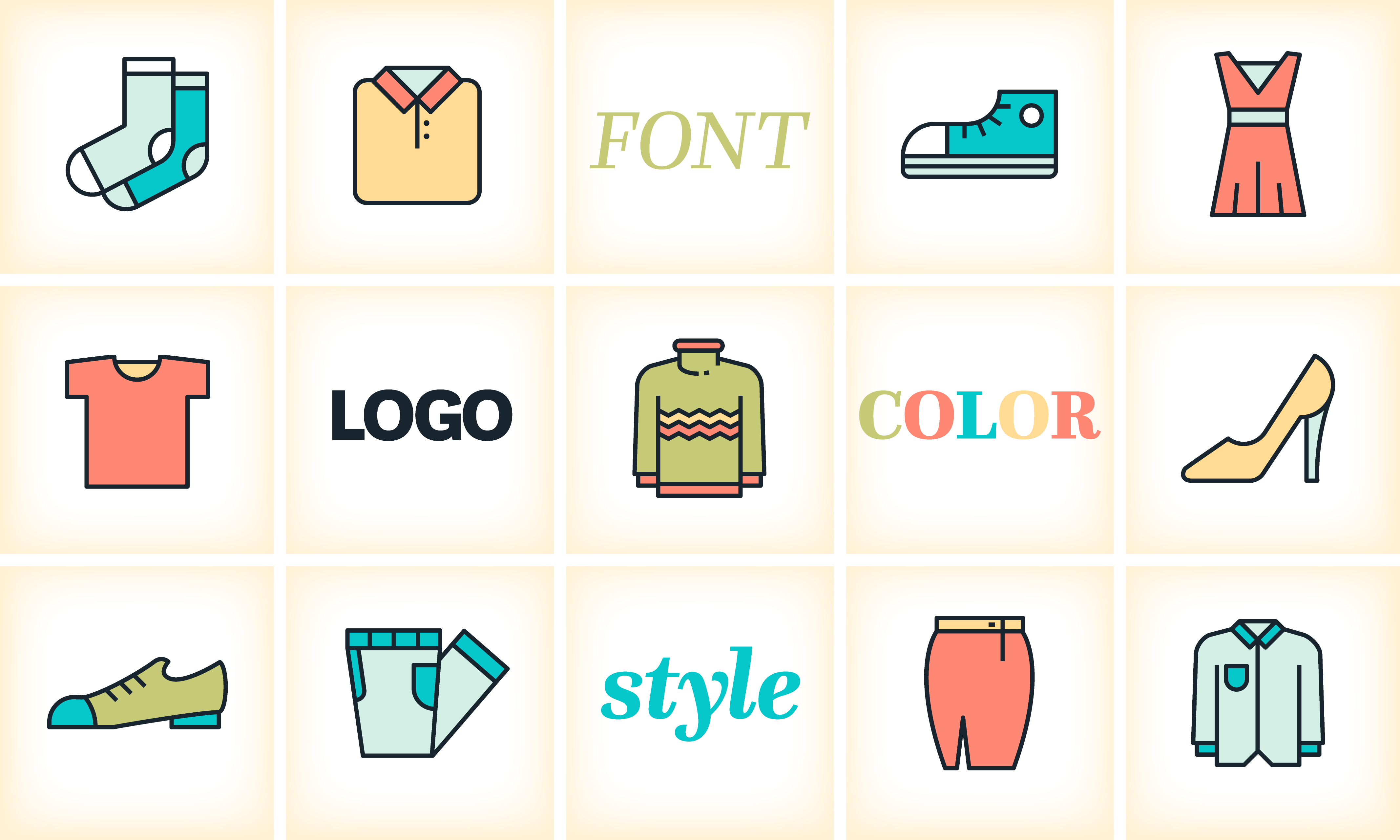4 Essentials You Need In Your Brand Identity Wardrobe
Allen ReedWhen deciding to start a new venture, launch a product or “rebrand”, some people stop at the logo. They hire a designer who cranks out several options, pick one and off they go. Even worse, the DIYers type out a name, slap on a piece of clip art and call it a brand.
A Brief, Yet Important, Side Note
This is a good place to address a common misuse of the word “brand”. A brand is NOT your logo. Author Seth Godin put it this way: “A brand is the set of expectations, memories, stories and relationships that, taken together, account for a consumer’s decision to choose one product or service over another.” Simply put, your brand is what makes you—you. Your logo is how people identify your brand.
Don’t Leave the House in Just Your Socks
Like a pair of socks aren’t an outfit, a logo does not a brand make. The socks (or logo) may be part of the ensemble, but they aren’t your brand identity. A well-thought-out and complete brand identity is key to your rank in the marketplace and it’s often the thing that’s most overlooked.

So, What is Brand Identity?
Think of brand identity as your “look”—your outward appearance. It’s what people picture when they think of your company or organization. Are you traditional and steady, bold and edgy, fun and whimsical, or maybe exclusive and high-touch?
4 Key Pieces In Your Brand Identity
Logo: This is the keystone for your brand identity and, of all your brand assets, it has the most value. For that reason, it needs to be protected so that it’s used correctly by anyone who touches it whether internal or external. A well-designed logo, over time, will be easily recognized and, hopefully, expresses trust and confidence in your brand to your audience.
Color Palette: Color is another thing that helps people connect to and recall your brand. Your color palette should consist of your logo’s main colors and also a secondary set of colors that harmonize with the primaries. This palette is the go-to color group that you will use across all marketing media to further associate your brand with what you do and how you want to be perceived. (There is a lot to say about the psychology of color and its effects on behavior, but I’ll save that for another day.)
Font (or Typeface): This is another word that commonly gets misused, but correcting people about it is useless and possibly pretentious. However, since my peers may be reading this, let me explain. When most people refer to a “font”, they really mean “typeface”. A typeface is the name of a family of fonts (like Arial), while a font is the individual weights and styles within that family (like Arial Regular, Italic, Bold and Bold Italic). Now you know—but you can keep saying “font”—no one cares.
A recognizable typeface or two should also be in the toolbox of a solid brand identity. Carefully chosen typefaces can subtly or dramatically express a feeling you want people to have about your brand. The best typefaces are designed by experienced typographers and, if you have the budget, can be custom designed to be exclusive to your brand to further your uniqueness.
Style: Style is a broad topic, but for simplification, I’m referring to the supporting graphics, photography or illustrations that set your brand apart. When distinctively composed, style creates the mood for your brand and lets your audience know what you’re all about. Your style should coordinate with your logo, color palette and typeface to reflect your brand personality.
Like a wardrobe, style can change over time as trends and campaigns change. However, a style should generally be an evolution, rather than a dramatic departure that confuses your devotees and causes them to look elsewhere.
How Does Your Brand Identity Reflect Your Brand?
It’s hard not to notice the best (or um, “creatively”) dressed person in the room. Ask yourself and your customers if your brand is getting recognized and perceived in the way that you want. Take some time to assess if you appear reputable, relevant and engaging. It may be just the time for a brand identity makeover.


